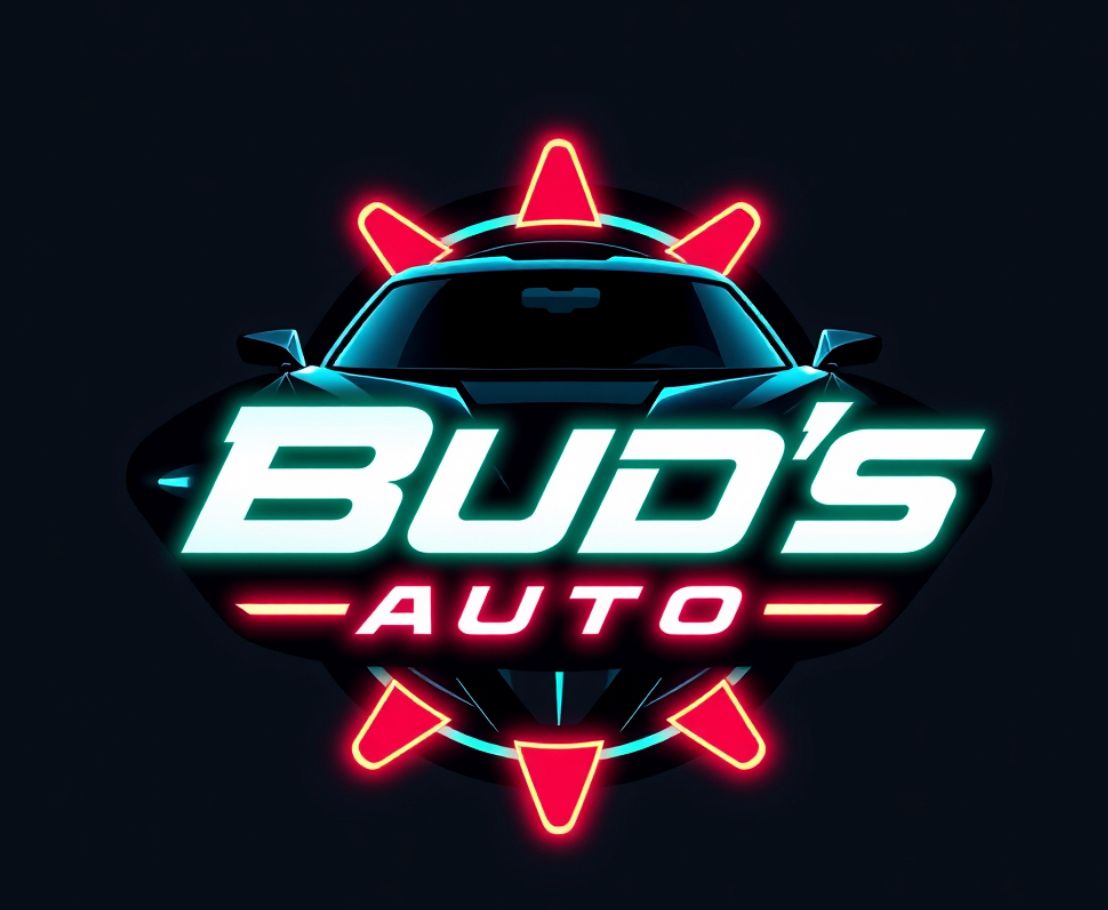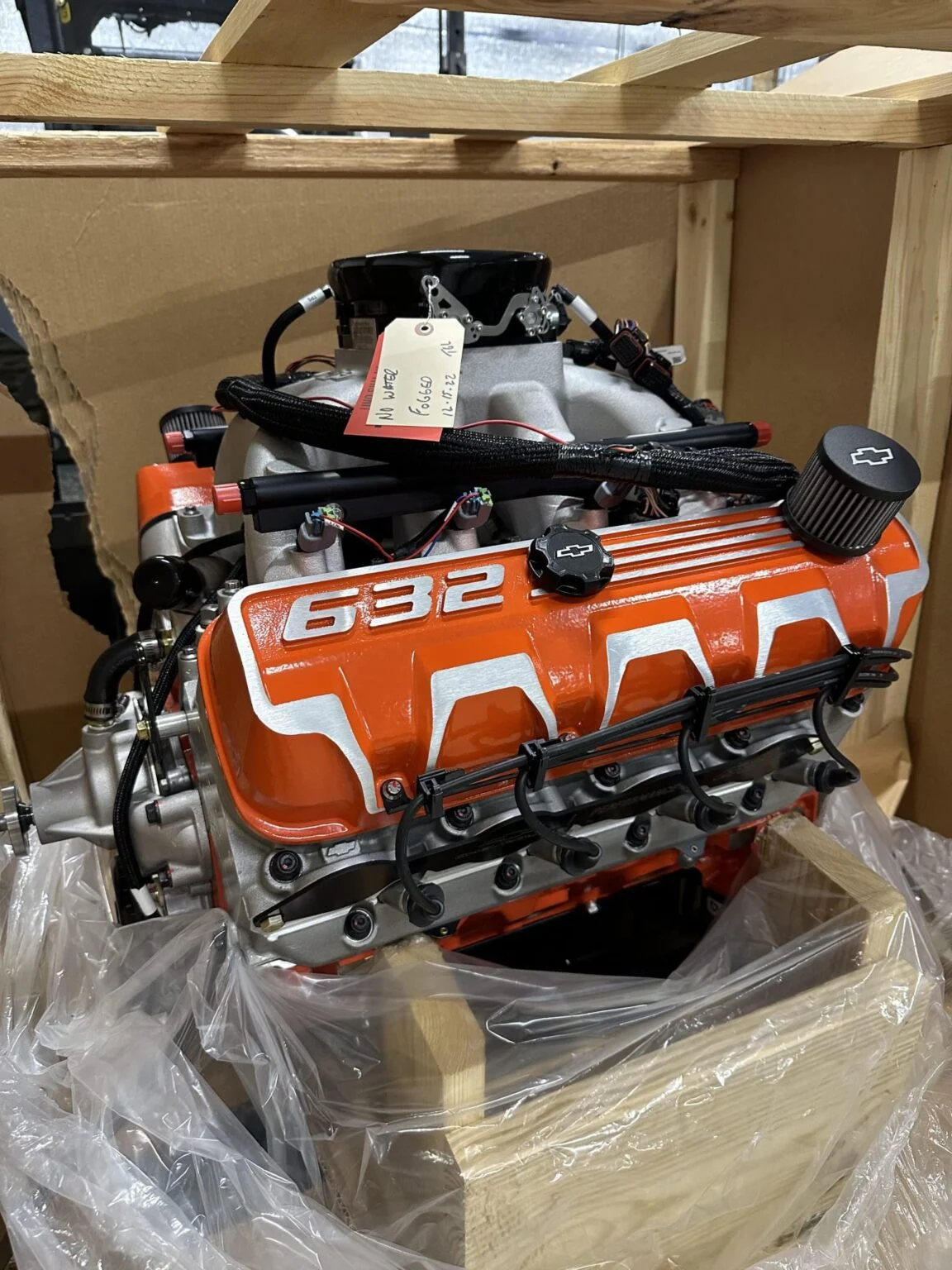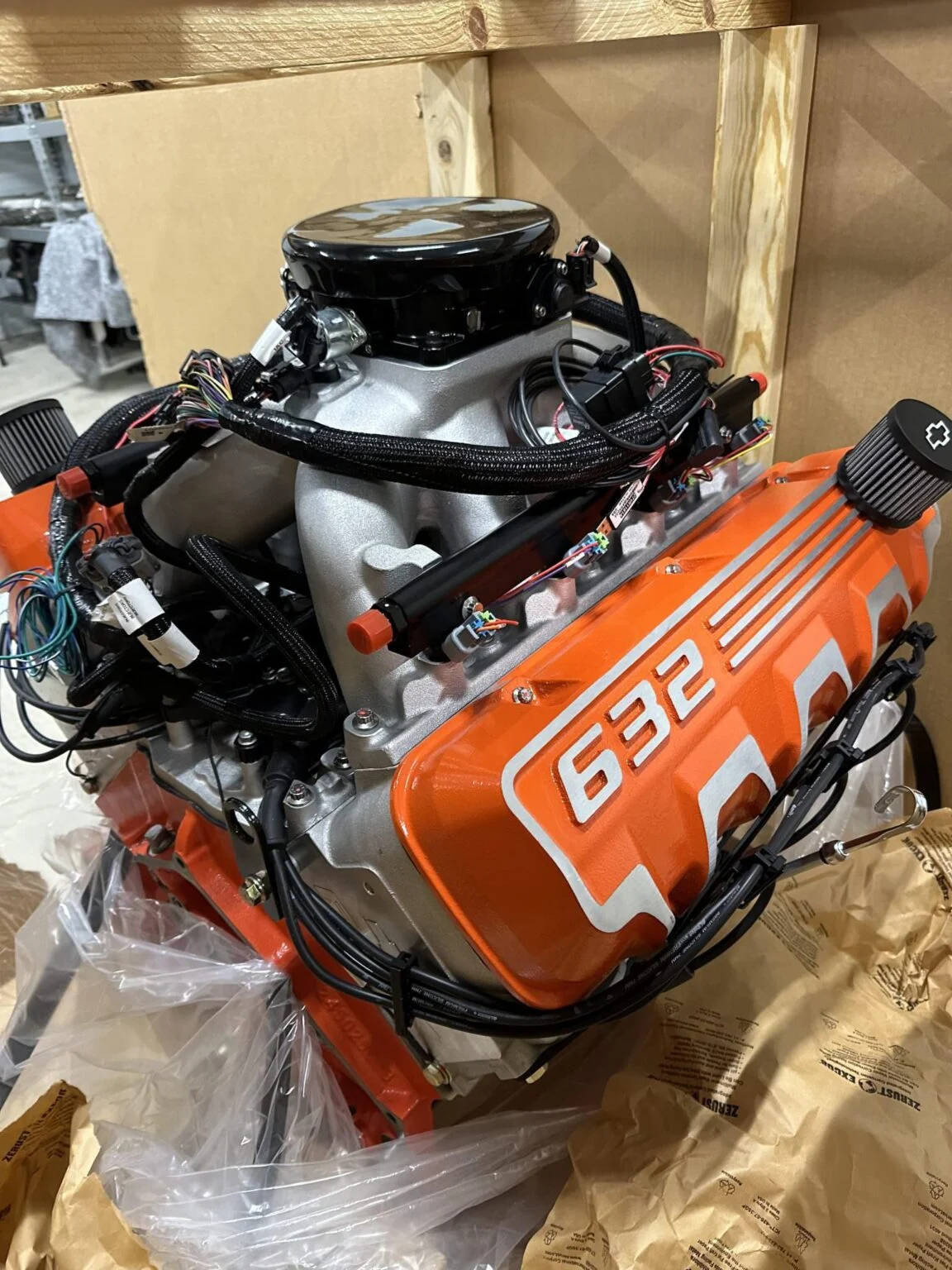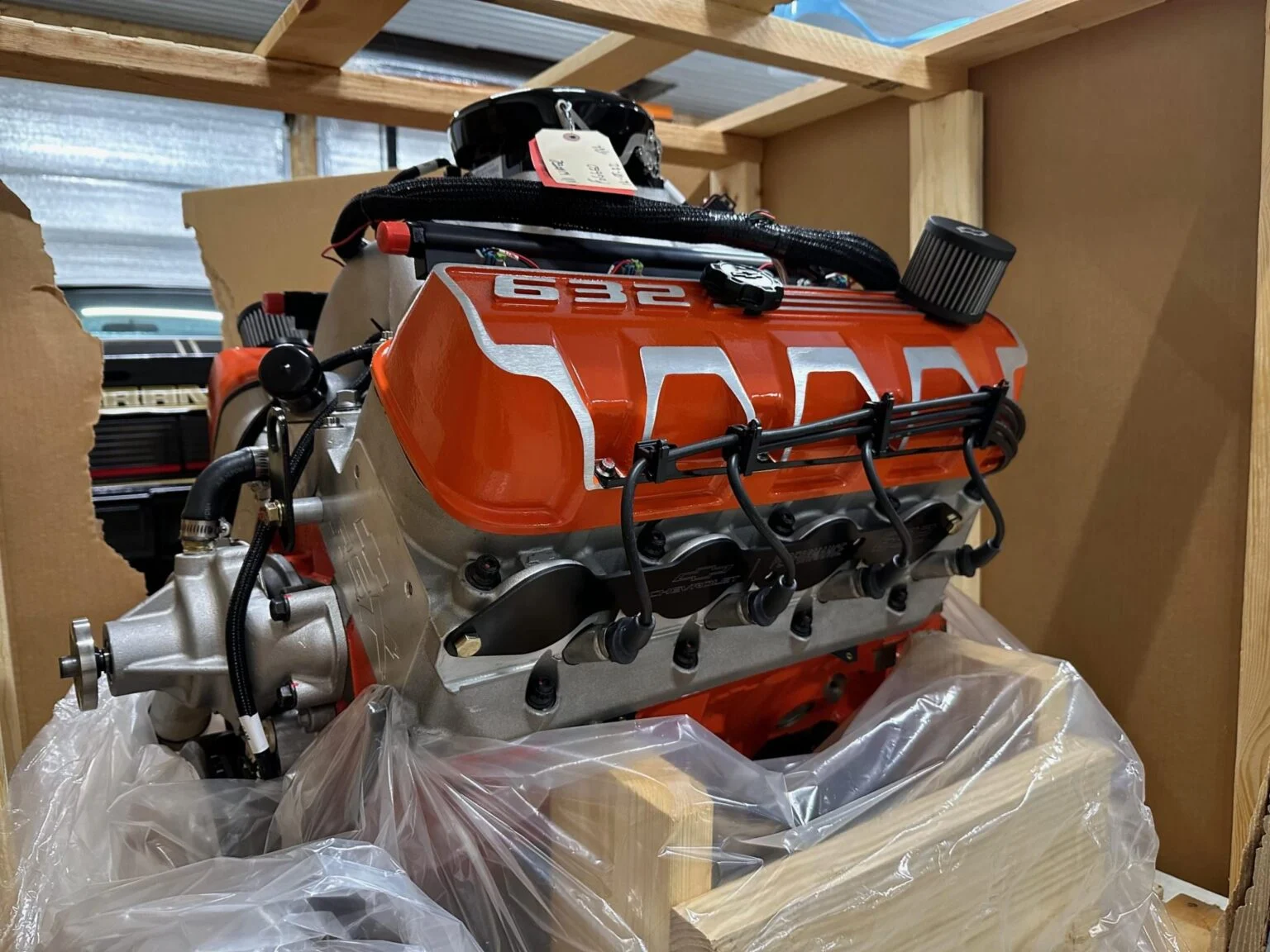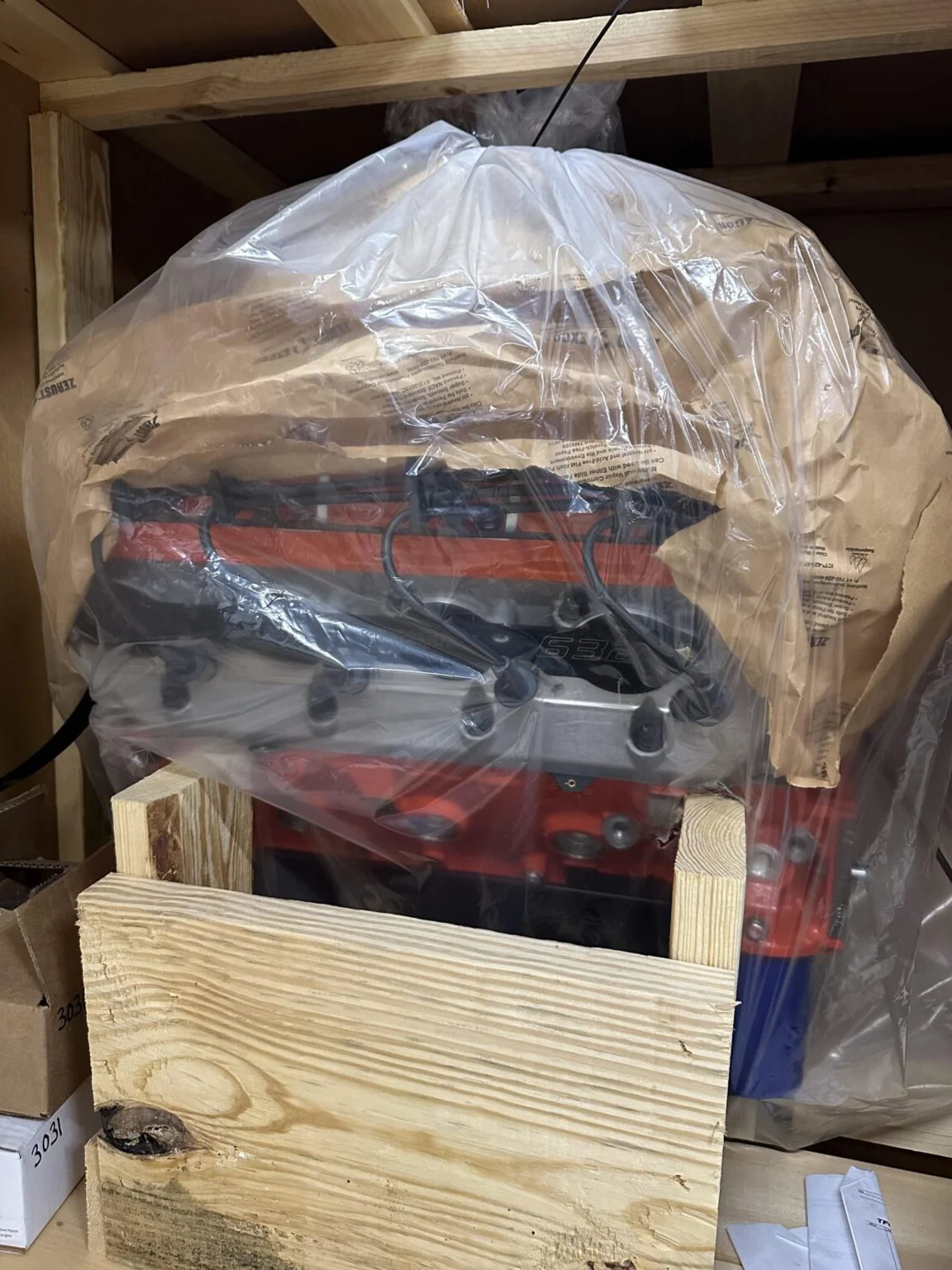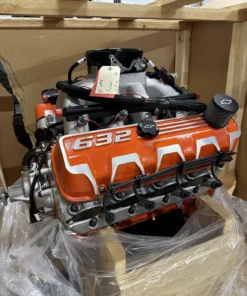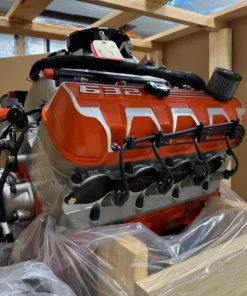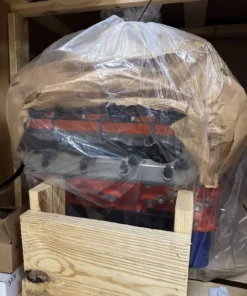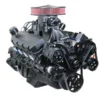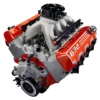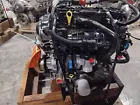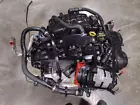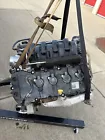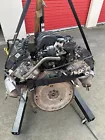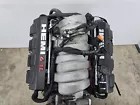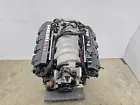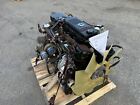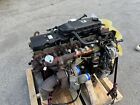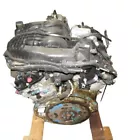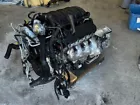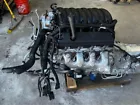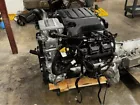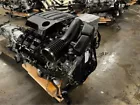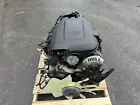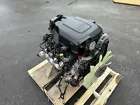Ah, you’re diving into the 632ci v-8 engine specifically! Got it. Let’s focus on just the heart of the beast: the 632 cubic inch (10.4L) V-8 engine.
Overview of the 632ci V-8 Engine
This big-block 632ci v-8 engine is a massive powerhouse from Chevrolet Performance that’s part of their crate engine program. Here’s everything you should know about it in terms of specs, performance, and applications:
Key Specifications
-
Displacement: 632 cubic inches (10.4 liters)
-
Horsepower: Approximately 1,000 hp (this can vary depending on tuning, fuel, and other components)
-
Torque: 876 lb-ft @ 5,600 rpm
-
Compression ratio: Typically around 10.5:1, but it can vary depending on the application.
-
Fuel System: Electronic Fuel Injection (EFI)
-
Block Material: Cast iron (provides durability at high horsepower)
-
Heads: Aluminum, with a large runner design to improve air flow
-
Camshaft: A hydraulic roller cam for better longevity and performance at high RPMs
Performance & Power
This engine is designed for extreme performance and is built for both street and strip use. At 1,000 hp, the 632ci v-8 engine is capable of running in high-performance street cars, dragsters, or custom builds that need substantial power to accelerate at insane rates.
With torque numbers like 876 lb-ft, you get an engine that’s just as good for straight-line performance as it is for towing or high-load applications—though you’re more likely to see it in racing or performance cars than as a workhorse!
Ideal Applications
The 632ci v-8 engine is perfect for:
-
High-performance street cars: If you’re into muscle cars and classic builds (think Chevelle, Camaro, or Nova), this engine will take your car to the next level.
-
Drag racing: With that much horsepower and torque, you’ll get incredible acceleration off the line.
-
Custom builds: You could pair this monster with a custom chassis or hot rod. The size and power make it ideal for creating something truly unique.
-
Off-road trucks: For an ultra-high-performance off-roader, the 632ci v-8 engine can dominate, especially in desert racing or other rough terrains where power is key.
Engine Components and Features
-
Crankshaft & Forged Components:
The forged crankshaft in the 632 is built to withstand the brutal forces of high horsepower. Along with forged connecting rods and pistons, you have a setup that can handle a lot of abuse. -
Cylinder Heads:
The aluminum heads are designed for high-flowing performance, helping ensure that the engine doesn’t choke on air and can deliver maximum performance. 632ci V-8 Engine The larger intake and exhaust ports help the engine breathe easier at high RPMs. -
Camshaft:
The hydraulic roller cam provides the perfect balance between power and streetability. It’s aggressive enough for performance, but not so radical that it sacrifices driveability or reliability. -
EFI Setup:
Electronic Fuel Injection (EFI) makes this engine not only more efficient, but it also ensures better performance tuning and fuel economy compared to traditional carbureted setups. It allows for smoother idling, more precise fuel management, and can be tuned to get the most out of the engine.
Supporting Components
To make the most out of the 632ci v-8 engine, you’ll need some supporting components that can handle the high power output:
-
Transmission:
A heavy-duty manual transmission (6-speed) or a high-performance automatic transmission with a high torque rating will be essential. Consider something like a Tremec T56 (for a manual) or a 4L80E (for automatic) to manage all that power without failure. -
Cooling:
A high-performance radiator with electric fans is a must to ensure the engine runs cool under load. You might also need an oil cooler to manage temperatures, especially under high stress or track conditions. -
Exhaust:
A set of long-tube headers with a free-flowing exhaust system will allow the engine to breathe, which is crucial for getting maximum performance. Pairing this with a good tune will help maximize the output. -
Fuel System:
A robust fuel system with a high-flow fuel pump (like a 40-60 psi setup) and injectors rated for high output is required to deliver enough fuel for the engine’s needs. -
Suspension & Drivetrain:
With this much power, your suspension will need to handle the added stress, especially if you’re planning on putting it to the test on the track. A coilover suspension and reinforced rear axle (like a Ford 9-inch or Moser Engineering axles) will help ensure that the car handles the power and transfers it to the road without issues. -
Brakes:
Upgrading your brakes to something like 6-piston calipers with larger rotors is a good idea when you’re working with 1,000 hp. Stopping this kind of power requires more than standard equipment.
Cost
The 632ci v-8 engine crate alone can cost between $20,000 to $25,000 depending on the specific version and where you source it. But the total project cost for a build around this engine will likely exceed $40,000, factoring in all the supporting components and labor. It’s a serious commitment.
Summary
The 632ci v-8 engine is a high-performance engine meant for those who want the best of the best in terms of power, reliability, and performance. Whether you’re building a classic muscle car, a custom hot rod, or a full-on race car, this engine will serve as the ultimate centerpiece.
Are you leaning toward a specific project with the 632ci v-8 engine, or are you still brainstorming ideas? If you want some more specific recommendations or want to talk through a potential build, I’m happy to help!
